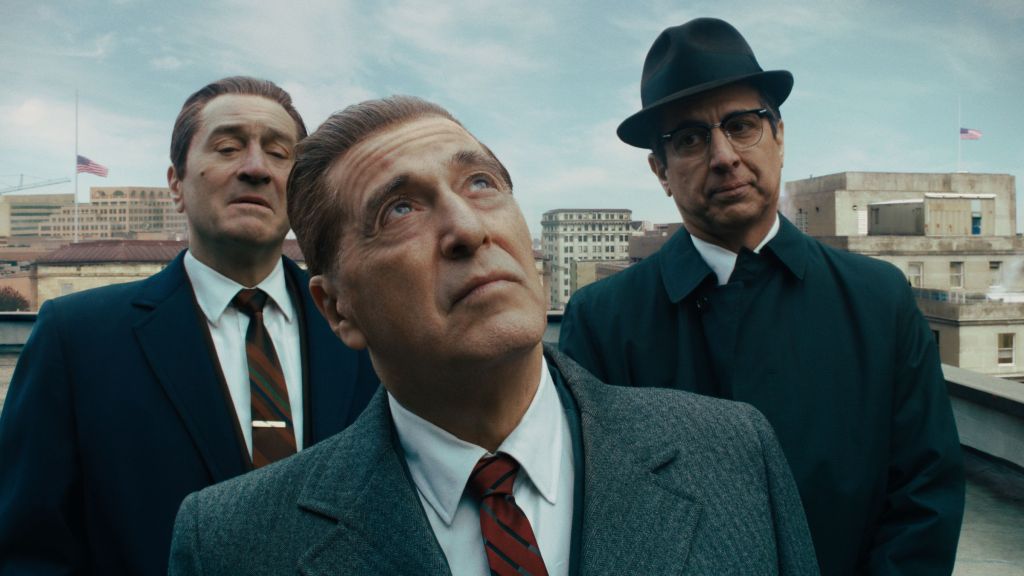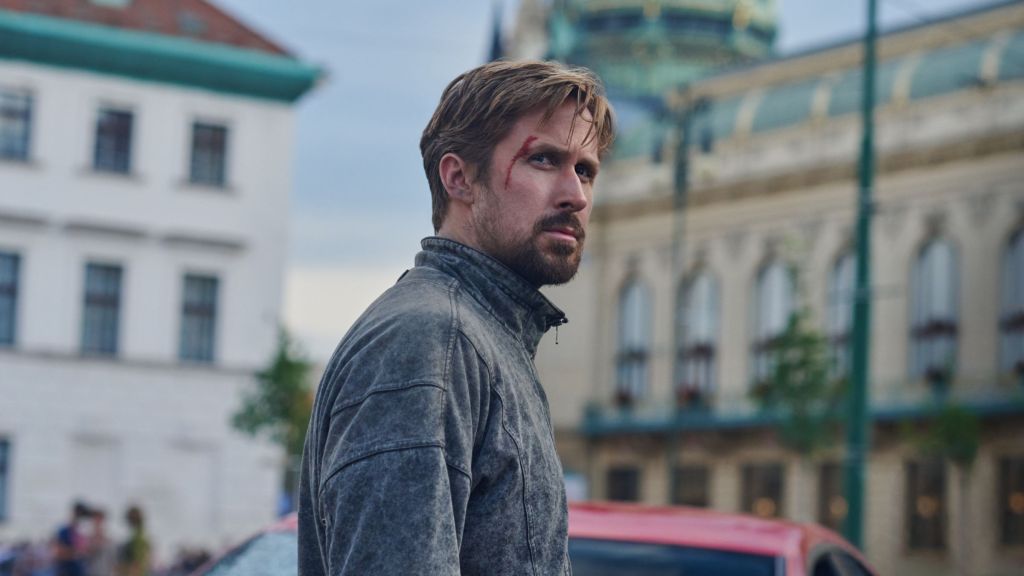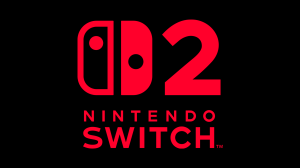Netflix practically invented the streaming model that every major media company is now scrambling to replicate. By shifting from a DVD-by-mail service to a global powerhouse of on-demand content, the company fundamentally changed how audiences consume movies and television. While formidable competitors like Disney+ and HBO Max have since entered the arena, sparking the so-called “streaming wars,” Netflix remains a dominant force. Its primary weapon in this battle is a relentless slate of original content, a strategy that keeps subscribers hooked and justifies its monthly fee. As a result, Netflix has become a prolific studio, churning out films and series at an unprecedented rate.
Videos by ComicBook.com
Success on this scale does not come cheap. Netflix invests billions of dollars annually into its content library, with a significant portion dedicated to producing blockbuster-style original movies designed to attract and retain a massive global audience. This firehose of money is aimed at creating splashy, star-driven productions that can generate buzz and dominate the cultural conversation. However, pinpointing the exact budget for any given Netflix project is notoriously difficult. The company is famously opaque with its data, rarely releasing hard numbers unless it serves a specific narrative. This means that while we know the spending is astronomical, the exact cost-to-value ratio of Netflix’s most expensive films often remains a matter of calculated estimation and industry whispers.
5) Back in Action

Luring a major star out of retirement is an expensive proposition, and that was a key factor in the budget for Back in Action. The action-comedy, which marked the return of Cameron Diaz to the screen after a decade-long hiatus, cost the streamer a reported $158.9 million. A significant portion of that expense was allocated to the salaries of Diaz and her co-star, Jamie Foxx. Reports indicate Diaz was paid $22.5 million for her role. The film was largely dismissed by critics, earning a dismal 28% on Rotten Tomatoes on release. However, audiences were far more receptive, as Back in Action scored a massive debut, pulling in 46.8 million views in its opening weekend, making it the biggest premiere for an English-language film on the service in nearly three years.
4) The Irishman

Martin Scorsese’s sprawling gangster epic, The Irishman, represented a massive swing for Netflix, signaling its ambition to compete with legacy studios for top-tier creative talent. The film’s budget reportedly swelled to between $159 million and $250 million, a figure unheard of for a character-driven drama. This cost was dedicated to the groundbreaking and extensive de-aging visual effects required to allow its legendary cast, including Robert De Niro, Al Pacino, and Joe Pesci, to portray their characters over several decades. The investment was aimed squarely at prestige, and on that front, it delivered. The Irishman was met with widespread critical acclaim, earning ten Academy Award nominations, including Best Picture. Viewership was also robust for a three-and-a-half-hour film, with Netflix reporting that 64 million households tuned in during its first four weeks.
3) Red Notice

With a reported budget of $200 million, Red Notice was a pure algorithmic play designed for maximum global appeal. The bulk of the cost went directly to securing its trio of A-list stars: Dwayne Johnson, Ryan Reynolds, and Gal Gadot, who each commanded paychecks of at least $20 million. The film is a globetrotting action-comedy that critics lambasted as generic and uninspired, resulting in a poor critical reception. Audiences, however, completely disagreed. The movie scored an incredible 92% audience score on Rotten Tomatoes after release, demonstrating the sheer power of its stars to draw in viewers. In addition, Red Notice was an unqualified viewership juggernaut, shattering records to become Netflix’s most-watched original film ever. In its opening weekend alone, it amassed 148.72 million hours viewed, and it went on to log over 277.9 million hours in just its first ten days. It would take four years and the unexpected success of Kpop Demon Hunters for Netflix to release a movie more popular than Red Notice.
2) The Gray Man

In its quest to launch a James Bond-style spy franchise, Netflix shelled out $200 million for The Gray Man. The hefty price tag was driven by its A-list talent, both in front of and behind the camera. The film stars Ryan Gosling and Chris Evans, who each reportedly earned $20 million, and was directed by Joe and Anthony Russo, famous for their blockbuster work in the Marvel Cinematic Universe. A significant portion of the budget also went toward complex action sequences and extensive on-location filming across Europe. Critical reception was decidedly mixed, with many reviewers finding the script cliché despite praising the action. Audiences were more forgiving, likely drawn in by the cast and spectacle. The film performed strongly, dominating Netflix’s global charts upon release and securing 88.55 million viewership hours in its debut weekend alone. It was the most-watched film in 84 countries, and Netflix has since announced plans for a sequel and a spinoff, indicating the company saw a worthwhile return on its massive investment.
1) The Electric State

Netflix’s most expensive gamble to date is the Russo Brothers’ sci-fi epic, The Electric State, which carries a colossal reported budget of $320 million. This price tag places it not just at the top of Netflix’s spending list, but among the most expensive films ever made. The enormous cost is attributed to its headline stars, Millie Bobby Brown and Chris Pratt, the high salaries for the Russo Brothers as directors, and the extensive visual effects required to build its retro-futuristic world. This massive investment has, so far, yielded worrying results. The Electric State was met with harsh reviews from critics. More concerning for Netflix, the viewership numbers for its opening week were a mere 25 million. For a movie with such a monumental budget, that figure is considered a significant disappointment, falling well below the debut numbers of other costly projects like The Gray Man and paling in comparison to the launch of Red Notice.
Which expensive Netflix movie do you think was the most worth its budget? Leave a comment below and join the conversation now in the ComicBook Forum!









